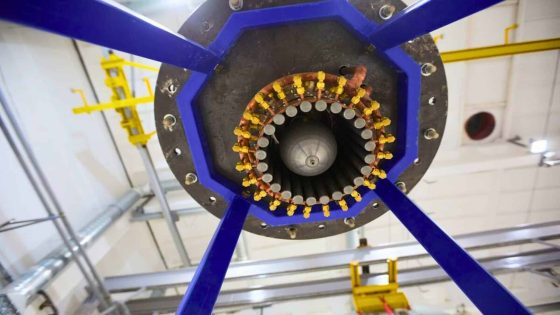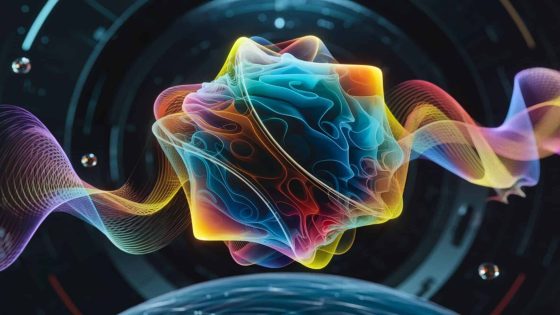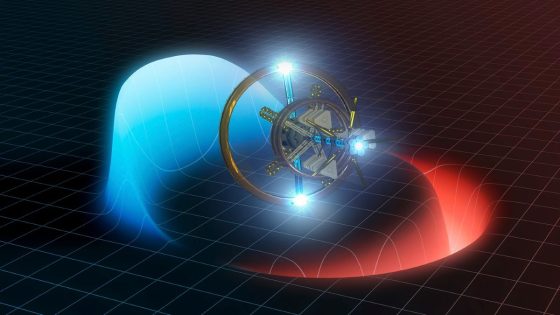Russian scientists have made a groundbreaking announcement about a new plasma engine that could revolutionize interplanetary travel. This innovative technology promises to reduce the journey to Mars from several months to just 30 days. But what does this mean for the future of space exploration?
- New plasma engine reduces Mars travel time
- Uses hydrogen for efficient propulsion
- Prototype testing underway at Rosatom
- Engine claims speeds of 100 km/s
- Flight-ready model expected by 2030
- Challenges include power generation and verification
How Russia’s New Plasma Engine Could Transform Space Travel
Could this new plasma engine be the key to faster journeys to Mars? With the potential to reach speeds of 100 km/s, this propulsion system offers a significant leap over traditional rockets. The implications for astronauts and future missions are immense.
Key Features of the Plasma Engine and Its Benefits
The plasma engine developed by Rosatom is not just a theoretical concept; it’s already undergoing rigorous testing. Here are some key features that make it stand out:
- Utilizes hydrogen ions for efficient propulsion.
- Achieves speeds of 100 km/s, significantly faster than traditional rockets.
- Reduces travel time to Mars to just 30 days, lowering radiation exposure for astronauts.
- Operates in a vacuum chamber, simulating real space conditions during tests.
Why Hydrogen is Essential for Deep-Space Travel
Hydrogen is the lightest and most abundant element in the universe, making it an ideal fuel for deep-space missions. This plasma engine’s reliance on hydrogen not only enhances efficiency but also allows for potential harvesting from space. This could reduce dependency on Earth-based fuel supplies, making long missions more sustainable.
Challenges Ahead for the New Plasma Engine
While the potential of this plasma engine is exciting, challenges remain. Independent verification of its performance is necessary to confirm its capabilities. Additionally, integrating this technology into spacecraft designs will require innovative engineering solutions. Key hurdles include:
- Ensuring power generation for long-duration missions.
- Addressing safety concerns related to nuclear reactors for energy supply.
- Developing mission architectures that can effectively utilize this new propulsion system.
In conclusion, while the promise of a 30-day journey to Mars is thrilling, the road to realization involves overcoming significant challenges. If successful, this plasma engine could usher in a new era of rapid interplanetary exploration.

































